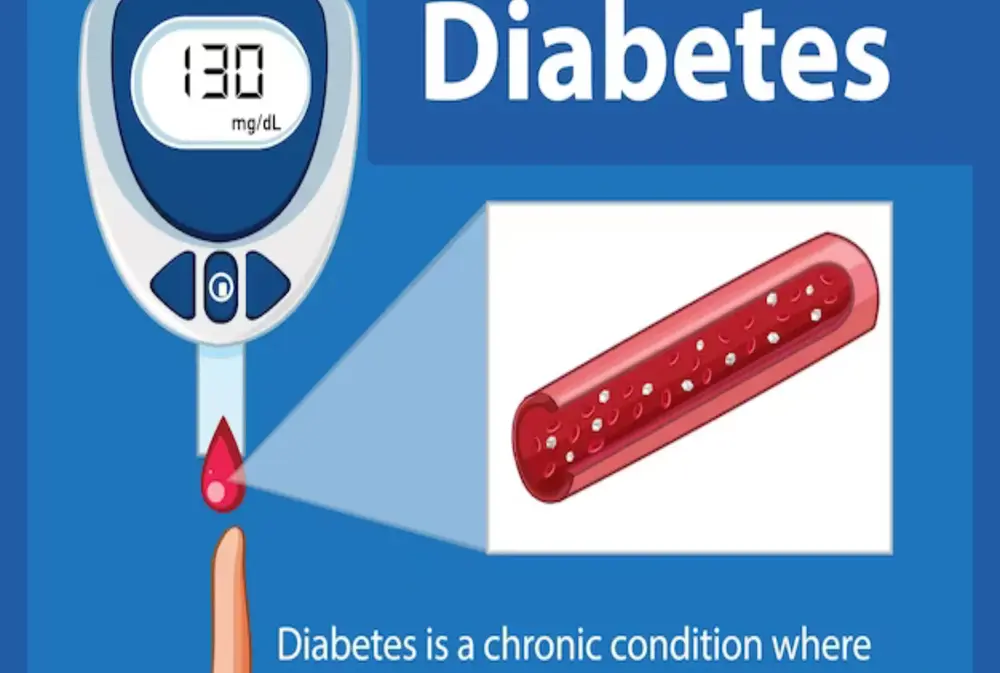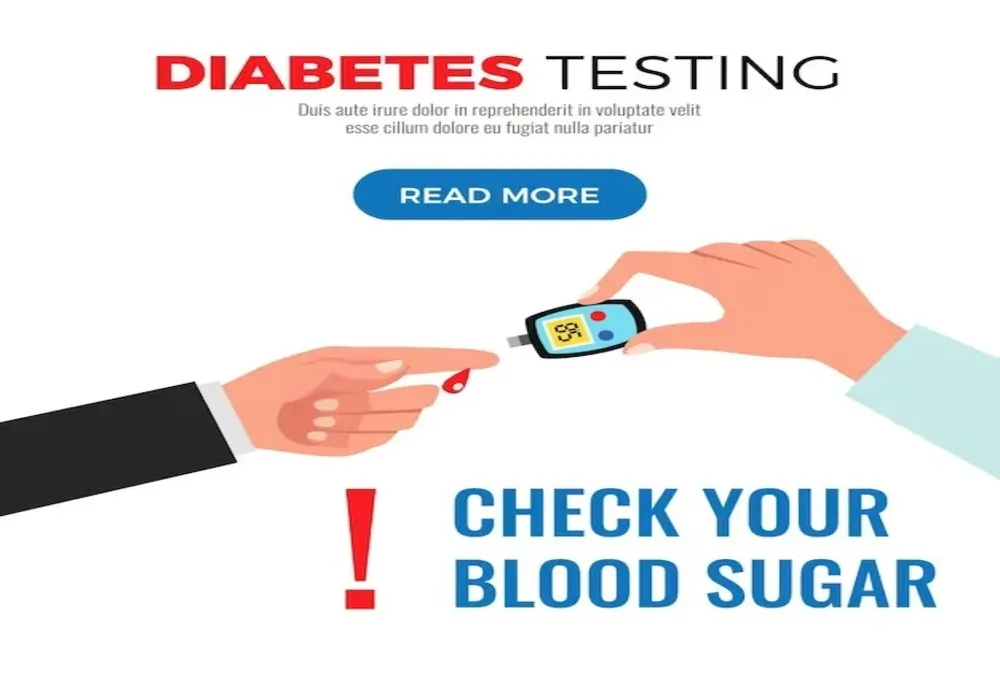In the realm of health and well-being, few topics are as vital and consequential as diabetes. It’s a condition that affects millions of people worldwide, and it comes in various forms. Two of the most common types are Type 1 and Type 2 diabetes. In this comprehensive guide, we will delve deep into the differences between these two conditions, shedding light on their causes, symptoms, treatment options, and how to manage them effectively.
Introduction: Why Understanding the Difference Matters
Understanding the fundamental distinctions between Type 1 and Type 2 diabetes is crucial. It allows individuals, their families, and healthcare professionals to make informed decisions about management, treatment, and prevention. By exploring these differences comprehensively, we aim to empower you with the knowledge you need to navigate the complexities of diabetes.
Type 1 Diabetes: The Essentials
Defining Type 1 Diabetes
Type 1 diabetes, often referred to as juvenile diabetes, is an autoimmune disease where the immune system mistakenly attacks and destroys insulin-producing beta cells in the pancreas. This leads to a deficiency of insulin, a hormone necessary for regulating blood sugar levels.
Causes and Risk Factors
While the exact cause of Type 1 diabetes remains unknown, several factors can increase the risk, including genetics and viral infections. We’ll explore these factors in detail.
Symptoms and Diagnosis
Recognizing the signs and symptoms of Type 1 diabetes is vital for early diagnosis and management. Learn about the common indicators and the diagnostic process.
Treatment and Management
Managing Type 1 diabetes involves insulin therapy, dietary adjustments, and regular monitoring. We’ll provide insights into these crucial aspects of treatment.
Type 2 Diabetes: A Closer Look
Understanding Type 2 Diabetes
Type 2 diabetes is primarily characterized by insulin resistance, where the body’s cells do not respond effectively to insulin. This leads to elevated blood sugar levels.
Causes and Risk Factors
Discover the risk factors associated with Type 2 diabetes, including obesity, genetics, and lifestyle choices. Understanding these factors can help in preventing and managing the condition.
Recognizing Symptoms
Type 2 diabetes often develops gradually, and its symptoms may be subtle. We’ll delve into the common signs to watch for.
Managing Type 2 Diabetes
Effective management of Type 2 diabetes involves lifestyle modifications, medication, and monitoring. We’ll discuss these strategies in detail.

Key Differences Between Type 1 and Type 2 Diabetes
Understanding the differences between Type 1 and Type 2 diabetes is essential for accurate diagnosis and appropriate treatment. Here are the key distinctions to keep in mind:
Age of Onset
Type 1 diabetes typically develops in childhood or adolescence, while Type 2 diabetes is more common in adults. However, both types can occur at any age.
Autoimmune Response
Type 1 diabetes is an autoimmune disease, meaning the immune system attacks the body’s own cells. Type 2 diabetes is not autoimmune but is characterized by insulin resistance.
Insulin Production
In Type 1 diabetes, the pancreas produces little to no insulin. In Type 2 diabetes, the pancreas may produce insulin, but the body’s cells are resistant to its effects.
Lifestyle Factors
Type 2 diabetes is closely linked to lifestyle choices, including diet and physical activity. Type 1 diabetes is not preventable through lifestyle changes.
Genetic Predisposition
Both types of diabetes have genetic components, but the extent of genetic influence differs between Type 1 and Type 2 diabetes.
Diabetes Diagnosis: What to Expect

The diagnostic process for diabetes involves various tests. Understanding these tests can help you know what to expect during a diagnosis:
The Diagnostic Process
We’ll walk you through the steps involved in diagnosing both Type 1 and Type 2 diabetes.
Glycated Hemoglobin (A1C) Test
The A1C test is a key diagnostic tool for monitoring long-term blood sugar levels. Learn how it works and what the results mean.
Fasting Blood Sugar Test
This fasting blood test measures glucose levels after an overnight fast. Discover its significance in diabetes diagnosis.
Oral Glucose Tolerance Test
In this test, you consume a sugary solution, and your blood sugar is monitored over time. Find out when this test is used and what it reveals.
Managing Your Diabetes

Whether you have Type 1 or Type 2 diabetes, effective management is essential for a healthy and fulfilling life. We’ll cover various aspects of diabetes management:
Diet and Nutrition
Explore dietary guidelines, meal planning, and the impact of carbohydrates on blood sugar levels.
Exercise and Physical Activity
Regular physical activity is a cornerstone of diabetes management. We’ll discuss the benefits and how to incorporate exercise into your routine.
Medications
For some individuals, medication is a crucial component of diabetes management. We’ll provide an overview of common medications and their uses.
Monitoring Blood Sugar Levels
Regular blood sugar monitoring is essential for tracking your condition’s progress and making necessary adjustments.
Complications and Preventive Measures
Diabetes can lead to various complications. We’ll outline these potential issues and the preventive measures you can take.
Conclusion
In closing, understanding the difference between Type 1 and Type 2 diabetes is essential for anyone affected by these conditions or seeking to support loved ones with diabetes. By embracing this knowledge, you can make informed choices, engage in effective self-management, and live a fulfilling life despite the challenges of diabetes.
In this guide, we’ve explored the nuances of both types of diabetes, their diagnosis, treatment, and management. We’ve addressed common questions and provided valuable insights. Armed with this information, you are better equipped to navigate the complexities of diabetes and work towards a healthier, happier future.
As we’ve ventured through the intricacies of diabetes, we’ve aimed to provide you with an in-depth resource that not only surpasses the standard search results but truly stands as a comprehensive and authoritative guide. It’s our hope that this knowledge empowers you to take control of your health and well-being, making diabetes a condition you can manage effectively, rather than one that manages you. positive!
FAQs
1: Is it possible to prevent Type 1 diabetes?
Type 1 diabetes is primarily an autoimmune condition, and currently, there is no known way to prevent it. However, ongoing research may provide insights in the future.
2: What’s the link between obesity and Type 2 diabetes?
Obesity is a significant risk factor for Type 2 diabetes. Excess body fat and poor diet choices can contribute to the development of this condition.
3: Can Type 2 diabetes turn into Type 1 diabetes?
Type 2 diabetes does not typically transform into Type 1 diabetes. These are distinct conditions with different causes and mechanisms.
4: Are there natural remedies for diabetes management?
While there are no natural remedies that can cure diabetes, some lifestyle changes and complementary therapies may help in managing the condition alongside medical treatment.
5: How does diabetes affect children?
Diabetes can affect children of all ages. Type 1 diabetes is more common in children, while Type 2 diabetes is becoming increasingly prevalent, often linked to obesity.




 Afrikaans
Afrikaans Albanian
Albanian Amharic
Amharic Arabic
Arabic Armenian
Armenian Azerbaijani
Azerbaijani Basque
Basque Belarusian
Belarusian Bengali
Bengali Bosnian
Bosnian Bulgarian
Bulgarian Catalan
Catalan Cebuano
Cebuano Chichewa
Chichewa Chinese (Simplified)
Chinese (Simplified) Chinese (Traditional)
Chinese (Traditional) Corsican
Corsican Croatian
Croatian Czech
Czech Danish
Danish Dutch
Dutch English
English Esperanto
Esperanto Estonian
Estonian Filipino
Filipino Finnish
Finnish French
French Frisian
Frisian Galician
Galician Georgian
Georgian German
German Greek
Greek Gujarati
Gujarati Haitian Creole
Haitian Creole Hausa
Hausa Hawaiian
Hawaiian Hebrew
Hebrew Hindi
Hindi Hmong
Hmong Hungarian
Hungarian Icelandic
Icelandic Igbo
Igbo Indonesian
Indonesian Irish
Irish Italian
Italian Japanese
Japanese Javanese
Javanese Kannada
Kannada Kazakh
Kazakh Khmer
Khmer Korean
Korean Kurdish (Kurmanji)
Kurdish (Kurmanji) Kyrgyz
Kyrgyz Lao
Lao Latin
Latin Latvian
Latvian Lithuanian
Lithuanian Luxembourgish
Luxembourgish Macedonian
Macedonian Malagasy
Malagasy Malay
Malay Malayalam
Malayalam Maltese
Maltese Maori
Maori Marathi
Marathi Mongolian
Mongolian Myanmar (Burmese)
Myanmar (Burmese) Nepali
Nepali Norwegian
Norwegian Pashto
Pashto Persian
Persian Polish
Polish Portuguese
Portuguese Punjabi
Punjabi Romanian
Romanian Russian
Russian Samoan
Samoan Scottish Gaelic
Scottish Gaelic Serbian
Serbian Sesotho
Sesotho Shona
Shona Sindhi
Sindhi Sinhala
Sinhala Slovak
Slovak Slovenian
Slovenian Somali
Somali Spanish
Spanish Sundanese
Sundanese Swahili
Swahili Swedish
Swedish Tajik
Tajik Tamil
Tamil Telugu
Telugu Thai
Thai Turkish
Turkish Ukrainian
Ukrainian Urdu
Urdu Uzbek
Uzbek Vietnamese
Vietnamese Welsh
Welsh Xhosa
Xhosa Yiddish
Yiddish Yoruba
Yoruba Zulu
Zulu